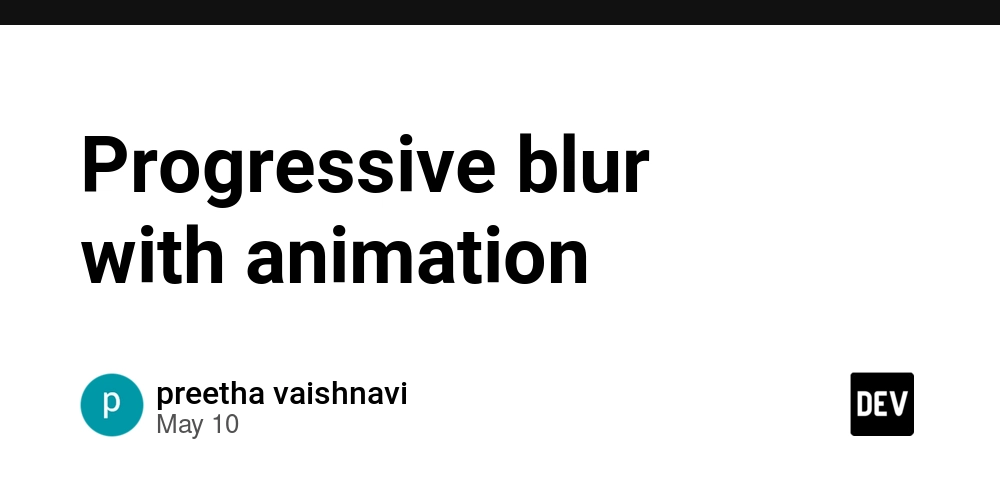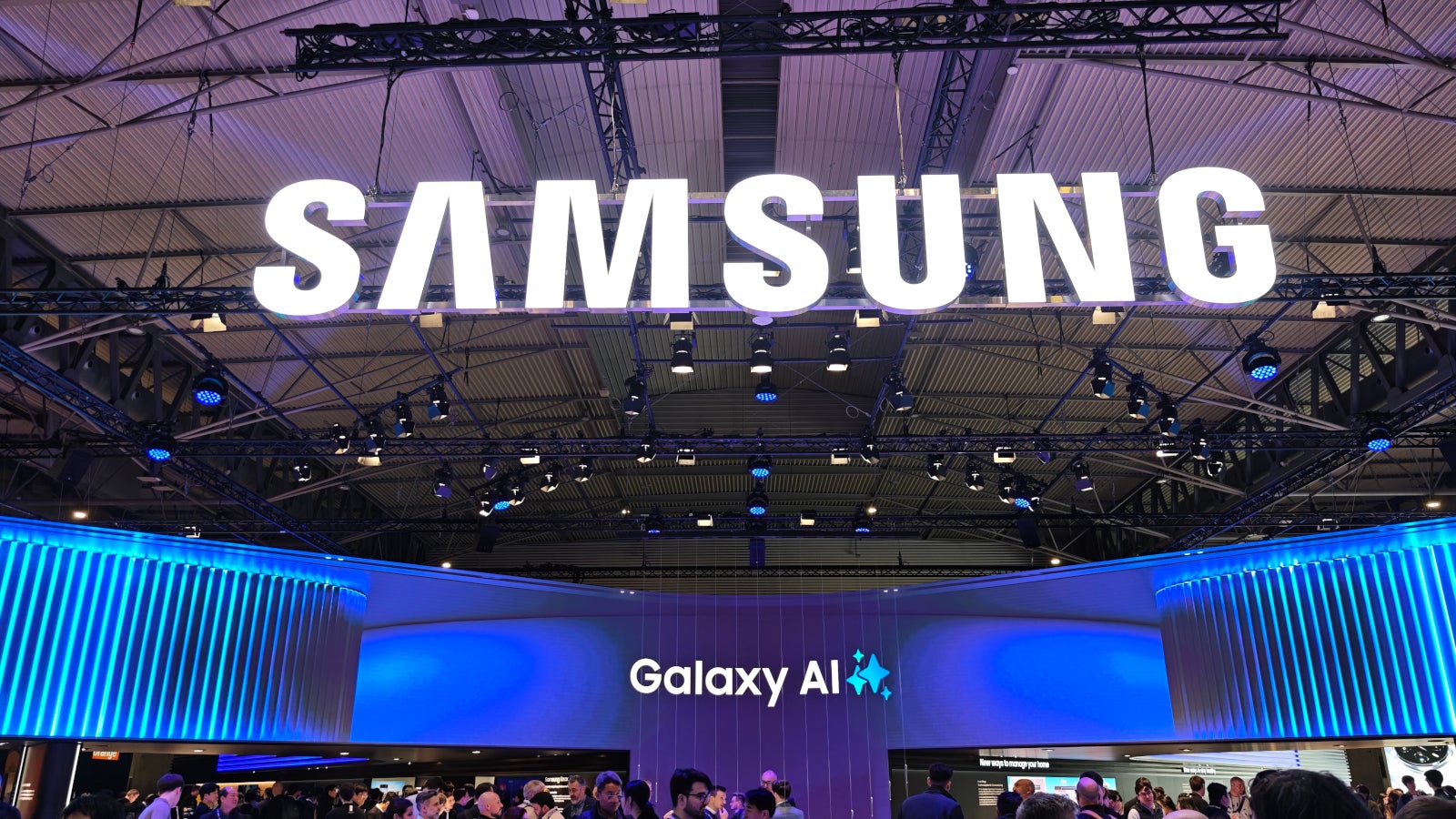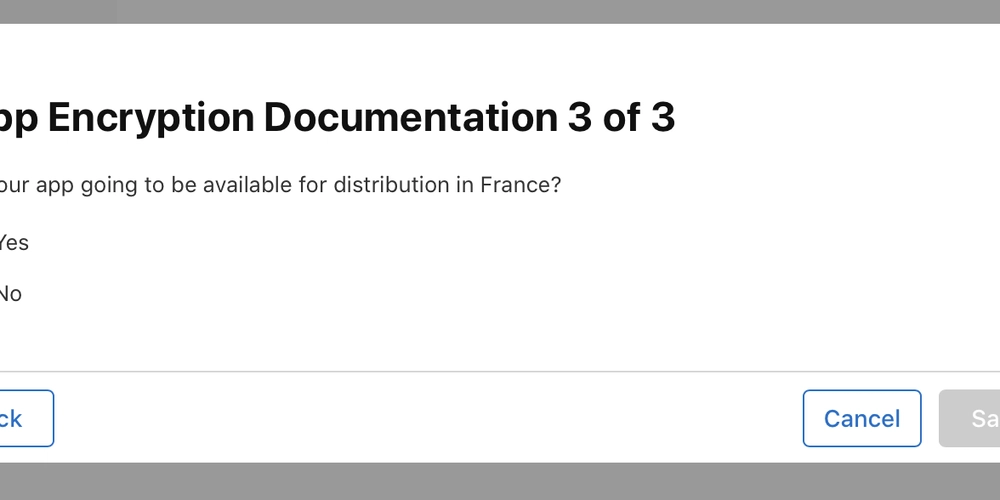ACE-Step: The Most Advanced ACE-Step: Redefining Music Creation with Latent-Controlled Text-to-Audio Synthesis
“In the future, music will not be written — it will be described.” — ACE-Step Core Research Team In the generative AI arms race, text-to-image and text-to-video models have dominated the public imagination. But beneath the surface, a quieter revolution has been unfolding — one that doesn’t aim to paint pixels, but to compose waveforms. Introducing ACE-Step, ReveArt AI’s flagship latent-to-audio synthesis model, purpose-built to translate human language into rich, full-length musical compositions. It isn’t just the most advanced AI music model publicly accessible — it’s a proof-of-concept for how semantic control over abstract acoustic space can fundamentally alter creative workflows. Access it now at ACE-Step The Technical Core: How ACE-Step Works At its heart, ACE-Step is a multi-modal generative model, combining techniques from: • Transformer-based prompt encoders (text-to-latent) • Latent audio modeling (based on compressed representations of high-resolution stereo audio) • Multi-track rendering stacks (for harmonic, rhythmic, and percussive separation) • Post-training optimization layers (for mastering, loudness leveling, and stereo imaging) Pipeline Overview: 1. Prompt Parsing and Semantic Conditioning Natural language prompts are encoded into structured semantic vectors interpreted in music-theoretic dimensions such as modality, tempo, and emotion. 2. Latent Space Composition Engine The model generates a multi-channel latent representation of the intended audio using a transformer-based diffusion decoder trained on paired datasets of captions and studio-mixed tracks. 3. Instrument Layer Synthesis ACE-Step renders polyphonic, multi-instrument compositions by allocating instrument roles through probabilistic modeling aligned with genre heuristics. 4. Audio Realization and Mastering A final decoding stage reconstructs high-fidelity waveforms using a modified HiFi-GAN variant, followed by mastering via DSP-informed neural modules, ensuring commercial-grade audio output. Why ACE-Step is a Breakthrough Most AI music generators today fall into one of two categories: • Symbolic sequence generators (e.g., MIDI-based) • Audio stylizers (e.g., diffusion applied to waveform noise with minimal structure) ACE-Step surpasses both by operating in a deeply structured audio latent space, capturing long-term dependencies, global musical form, and micro-dynamics — resulting in compositions that feel intentional rather than stitched. Key Innovations: • Text-conditioned musical form generation (e.g., intro, chorus, bridge) • Instrument context-awareness for genre-appropriate timbral interplay • Temporal coherence enforcement, avoiding repetitive loop artifacts • Lyric-aligned song architecture, harmonizing musical structure with textual emotion Use Cases Examples generated from simple prompts or lyrics include: • “Cosmic Voyage”: Ambient textures, floating synths, deep pads • “Neon City”: Synthwave with analog-style arps and gated reverb • “Morning Dew”: Minimalist piano with field recordings and rubato phrasing • “Digital Dreams”: A hybrid of electronica and cinematic motifs Explore all at ACE-Step Architecture Snapshot [ Prompt Encoder ] ↓ [ Semantic Control Layer ] ↓ [ Latent Audio Generator ] ↓ [ Instrument Stack Allocator ] ↓ [ HiFi-GAN Decoder ] ↓ [ Neural Mastering Module ] ↓ [ Final Stereo Output ] ACE-Step was trained on over 1.2 million aligned caption-audio pairs across a wide range of musical genres, with human-in-the-loop reinforcement tuning and active fine-tuning from user sessions. Implications and Future Direction ACE-Step does not merely democratize music creation. It fundamentally redefines the interface between linguistic imagination and sonic realization. For developers, it offers a living blueprint of multi-modal alignment in practice. For creators, it enables end-to-end ideation in natural language — no DAW required. This is the foundation of real-time, voice-driven musical prototyping. Get Started • No login required • Accepts both prompts and full lyrics • Generates production-ready stereo WAV files Start composing now: ReveArt AI Call for Collaboration The ACE-Step team is actively improving its capabilities. If you’re a developer, AI researcher, or sound designer interested in exploring the edge of generative audio, we invite your insight and contribution.

“In the future, music will not be written — it will be described.”
— ACE-Step Core Research Team
In the generative AI arms race, text-to-image and text-to-video models have dominated the public imagination. But beneath the surface, a quieter revolution has been unfolding — one that doesn’t aim to paint pixels, but to compose waveforms.
Introducing ACE-Step, ReveArt AI’s flagship latent-to-audio synthesis model, purpose-built to translate human language into rich, full-length musical compositions. It isn’t just the most advanced AI music model publicly accessible — it’s a proof-of-concept for how semantic control over abstract acoustic space can fundamentally alter creative workflows.
Access it now at ACE-Step
The Technical Core: How ACE-Step Works
At its heart, ACE-Step is a multi-modal generative model, combining techniques from:
• Transformer-based prompt encoders (text-to-latent)
• Latent audio modeling (based on compressed representations of high-resolution stereo audio)
• Multi-track rendering stacks (for harmonic, rhythmic, and percussive separation)
• Post-training optimization layers (for mastering, loudness leveling, and stereo imaging)
Pipeline Overview:
1. Prompt Parsing and Semantic Conditioning
Natural language prompts are encoded into structured semantic vectors interpreted in music-theoretic dimensions such as modality, tempo, and emotion.
2. Latent Space Composition Engine
The model generates a multi-channel latent representation of the intended audio using a transformer-based diffusion decoder trained on paired datasets of captions and studio-mixed tracks.
3. Instrument Layer Synthesis
ACE-Step renders polyphonic, multi-instrument compositions by allocating instrument roles through probabilistic modeling aligned with genre heuristics.
4. Audio Realization and Mastering
A final decoding stage reconstructs high-fidelity waveforms using a modified HiFi-GAN variant, followed by mastering via DSP-informed neural modules, ensuring commercial-grade audio output.
Why ACE-Step is a Breakthrough
Most AI music generators today fall into one of two categories:
• Symbolic sequence generators (e.g., MIDI-based)
• Audio stylizers (e.g., diffusion applied to waveform noise with minimal structure)
ACE-Step surpasses both by operating in a deeply structured audio latent space, capturing long-term dependencies, global musical form, and micro-dynamics — resulting in compositions that feel intentional rather than stitched.
Key Innovations:
• Text-conditioned musical form generation (e.g., intro, chorus, bridge)
• Instrument context-awareness for genre-appropriate timbral interplay
• Temporal coherence enforcement, avoiding repetitive loop artifacts
• Lyric-aligned song architecture, harmonizing musical structure with textual emotion
Use Cases
Examples generated from simple prompts or lyrics include:
• “Cosmic Voyage”: Ambient textures, floating synths, deep pads
• “Neon City”: Synthwave with analog-style arps and gated reverb
• “Morning Dew”: Minimalist piano with field recordings and rubato phrasing
• “Digital Dreams”: A hybrid of electronica and cinematic motifs
Explore all at ACE-Step
Architecture Snapshot
[ Prompt Encoder ]
↓
[ Semantic Control Layer ]
↓
[ Latent Audio Generator ]
↓
[ Instrument Stack Allocator ]
↓
[ HiFi-GAN Decoder ]
↓
[ Neural Mastering Module ]
↓
[ Final Stereo Output ]
ACE-Step was trained on over 1.2 million aligned caption-audio pairs across a wide range of musical genres, with human-in-the-loop reinforcement tuning and active fine-tuning from user sessions.
Implications and Future Direction
ACE-Step does not merely democratize music creation. It fundamentally redefines the interface between linguistic imagination and sonic realization. For developers, it offers a living blueprint of multi-modal alignment in practice. For creators, it enables end-to-end ideation in natural language — no DAW required.
This is the foundation of real-time, voice-driven musical prototyping.
Get Started
• No login required
• Accepts both prompts and full lyrics
• Generates production-ready stereo WAV files
Start composing now: ReveArt AI
Call for Collaboration
The ACE-Step team is actively improving its capabilities. If you’re a developer, AI researcher, or sound designer interested in exploring the edge of generative audio, we invite your insight and contribution.











































































































































































![[The AI Show Episode 146]: Rise of “AI-First” Companies, AI Job Disruption, GPT-4o Update Gets Rolled Back, How Big Consulting Firms Use AI, and Meta AI App](https://www.marketingaiinstitute.com/hubfs/ep%20146%20cover.png)





























































































































![Ditching a Microsoft Job to Enter Startup Purgatory with Lonewolf Engineer Sam Crombie [Podcast #171]](https://cdn.hashnode.com/res/hashnode/image/upload/v1746753508177/0cd57f66-fdb0-4972-b285-1443a7db39fc.png?#)





























































.jpg?width=1920&height=1920&fit=bounds&quality=70&format=jpg&auto=webp#)





























































































































































-xl.jpg)






























![New iPad 11 (A16) On Sale for Just $277.78! [Lowest Price Ever]](https://www.iclarified.com/images/news/97273/97273/97273-640.jpg)

![Apple Foldable iPhone to Feature New Display Tech, 19% Thinner Panel [Rumor]](https://www.iclarified.com/images/news/97271/97271/97271-640.jpg)



































































































